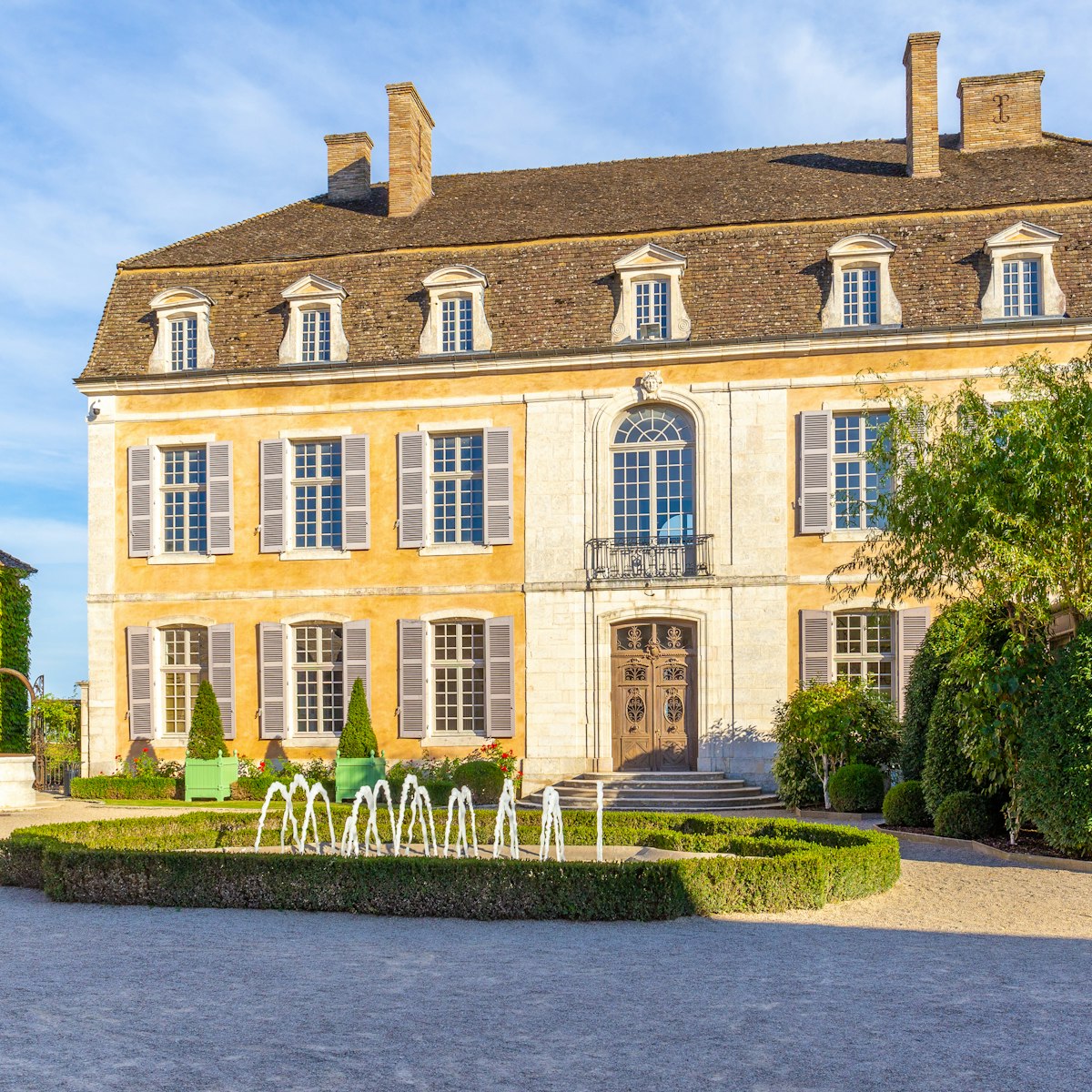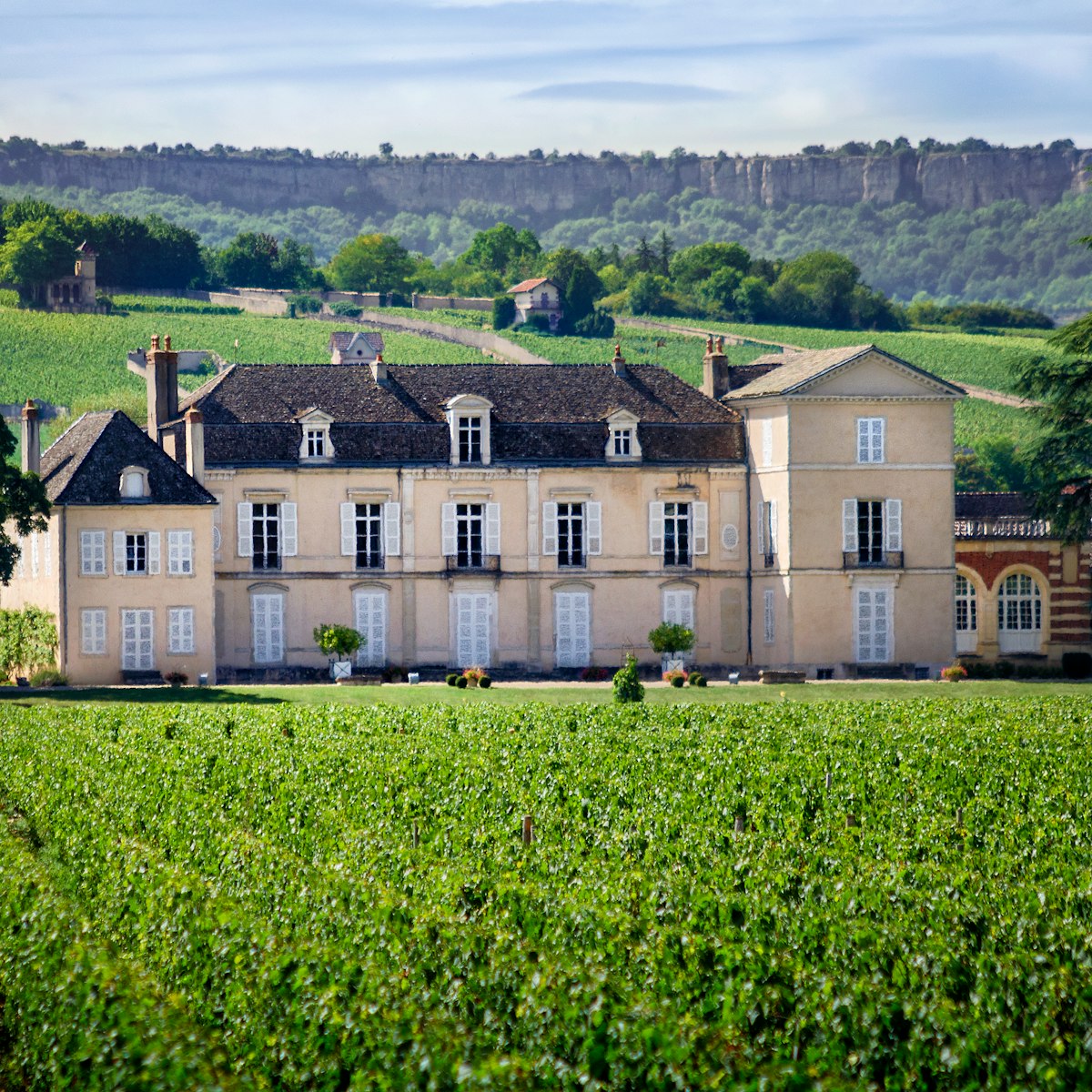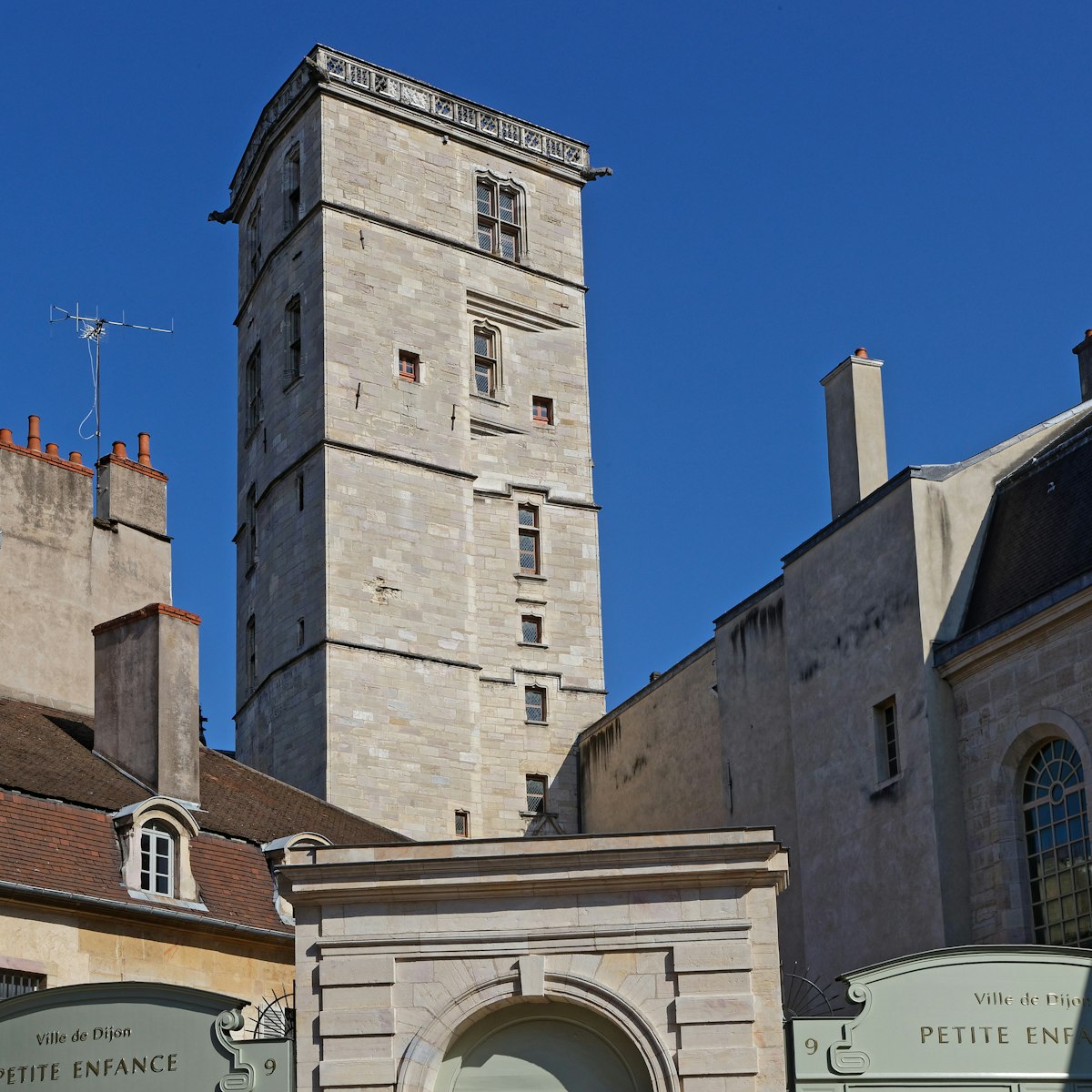Nearing the end of a nine-year renovation, these sprawling galleries in Dijon's monumental Palais des Ducs are works of art in themselves and constitute one of France's most outstanding museums. The star attraction is the wood-panelled Salle des Gardes, which houses the ornate, carved late-medieval sepulchres of dukes John the Fearless and Philip the Bold. Other sections focus on Egyptian art, the Middle Ages in Burgundy and Europe, and six centuries of European painting, from the Renaissance to modern times.
The museum's highlights include a fine collection of 13th- and 14th-century primitives that reveal how medieval artistic and aesthetic sensibilities varied between Italy, Switzerland and the Rhineland; a smattering of old masters such as Lorenzo Lotto; quite a few naturalistic sculptures by the Dijon-born artist François Rude (1784–1855); works by Manet, Monet, Matisse and Rodin; and the incomparable Pompon Room, tucked off a back staircase, packed with stylised modern sculptures of animals by François Pompon (1855–1933), who was born in Saulieu, Burgundy. In the courtyard, the ducal kitchens (1433) often host exhibitions of works by local artists.




